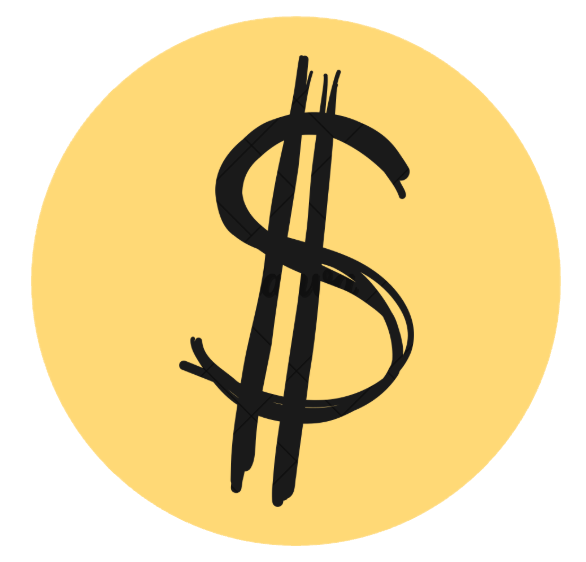Why Funding Your 401(k) or Roth 401(k) Matters
Saving for retirement is one of the most important financial decisions you can make, and workplace retirement accounts like the 401(k) and Roth 401(k) offer powerful tools to help you build long-term wealth. Let’s explore why consistently funding these accounts is so valuable, how dollar cost averaging works in your favor, and why the structure of retirement accounts can help you stay disciplined for the future.
The Power of 401(k) and Roth 401(k) Accounts
Both traditional 401(k) and Roth 401(k) accounts allow you to contribute significant amounts each year, up to $23,500 in 2025, with even higher limits for those over 50. The main difference is when you pay taxes:
- Traditional 401(k): Contributions are made pre-tax, lowering your taxable income now. Withdrawals are taxed in retirement.
- Roth 401(k): Contributions are made after-tax, but withdrawals in retirement are tax-free.
How Dollar Cost Averaging Works
Dollar-cost averaging means investing a fixed amount of money at regular intervals, regardless of market conditions. For example, if you contribute to your 401(k) every paycheck, you’re automatically buying more shares when prices are low and fewer when prices are high. Over time, this can help reduce the average cost per share and smooth out the impact of market volatility.
Example:
Imagine you invest $10,000 each year in an index fund inside your 401(k). Some years, the market is up, other years, it’s down. By sticking to your plan and investing consistently, you benefit from long-term market growth. Historically, broad index funds have returned about 8% - 9% per year on average.
The Psychological Benefit: “Hands Off” Retirement Accounts
One of the biggest advantages of 401(k) and Roth 401(k) accounts is that you generally can’t access the funds without penalty until age 59½. This restriction is actually a benefit: it prevents you from dipping into your retirement savings for short-term wants or emergencies, helping you stay on track for your long-term goals.
A Tale of Two Savers
Let’s compare two people over 25 years:
- Investor A: Invests $10,000 a year in a retirement account, compounding at 8% annually.
- Investor B: Spends $10,000 a year instead of saving.
After 25 years, Investor A’s account would grow to about $789,000, thanks to the power of compounding and consistent contributions. Investor B, on the other hand, would have nothing saved for retirement and would have spent $250,000 over those 25 years.
And let's say Investor A takes the whole $789,000 and puts it in a 5-year CD paying 3.5%. This would equal $27,615 per year in income. Many CDs pay monthly interest, so this would result in $ 2,300 in monthly income.
Compare this with Investor B, who would have nothing.
Start early, stay consistent, and let the power of retirement accounts and dollar cost averaging work for you. Your future self will thank you.
Disclaimer:
The information provided in this article is for general informational purposes only and does not constitute investment, financial, legal, or tax advice. While every effort has been made to ensure the accuracy of the information, First Shelbourne makes no guarantees regarding its completeness or reliability. Readers should consult with a qualified financial advisor before making any investment decisions. Past performance is not indicative of future results. Investments involve risk, including the possible loss of principal. First Shelbourne is not responsible for any actions taken based on the information provided herein.

